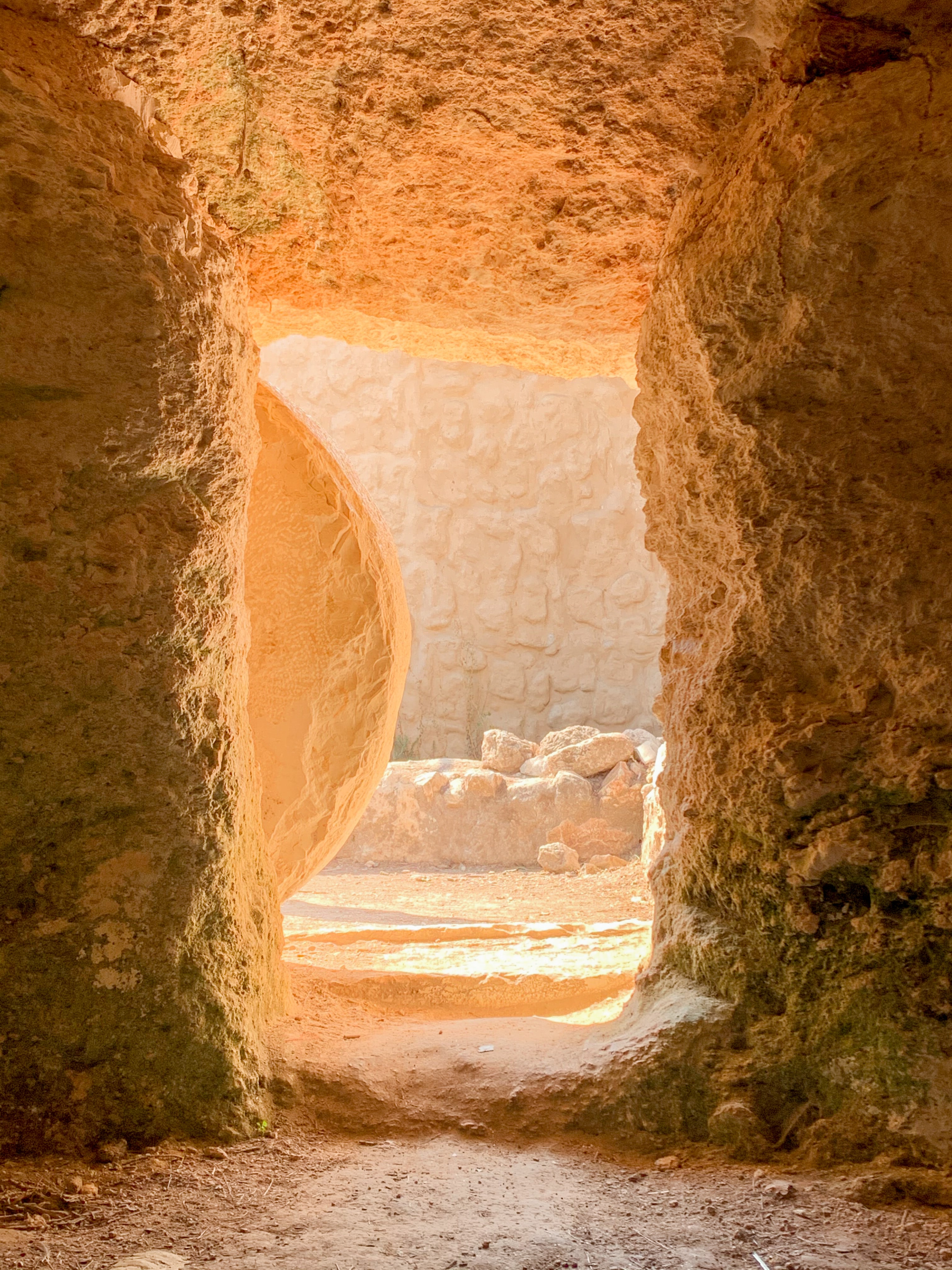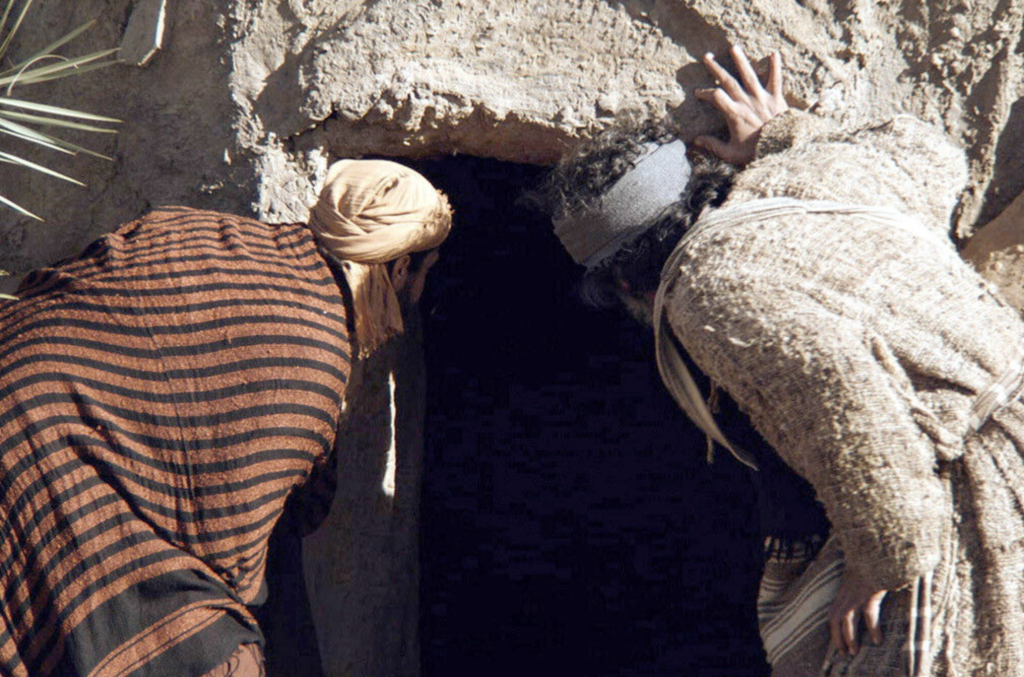
This is our third session of this course, one in which we seek to move away from a litany of petitions, a series of demands for God to perform upon our request, to one where our focus is upon deepening that relationship with God. We have looked at what Jesus taught us as prayer and how we might live that out. We then looked at sacred spaces and times, those segments of the day which might be seen – in this modern day – to also be sacred, but without us being on our knees. Here, we look at contemplative imagination, or praying with our mind. We may have done this on our worship on Sunday – but’s possible throughout the week – wherever you are.
This all forms part of this short series of explorations into prayer.

How can we pray with our mind?
For the start of ‘church’ there’s someone who has led us in prayer. They dictate what is said, and possibly even our responses. So, rather than sitting on pews, or the more modern hard backed chair, please settle back in that comfy armchair, or the settee with a throw on it. Place your feet firmly on terra firma. May they know that we are secure. Let your back rest deeply into the cushioning which is available. You either keep your eyes open or close them – as you prefer. It might depend upon where your armchair is currently…

You can either take a passage from the Gospels or this suggested passage: John 20:1-18.
Where are you?
As you read the passage once, let the words flow over you, don’t let any one of them get caught, let them flicker by. The scene is set: we are in a garden of some kind – your imagination will fill in the details. We are praying with our mind, not our spoken voice.
Is it warm or cool? Can you feel any wind?
From the distance we can hear a woman is moving up the path towards the garden area, she is going direct to a tomb where a body was laid a few days ago. Upon arrival into the garden, she can see that the stone from the entrance has been rolled away – she looks shocked and runs towards it. She turns and runs off, back towards the town.

Who are these two?
Soon after that commotion, two men, one a leader of those followers of Christ, Simon Peter, and another disciple are heading back up the track. Can we hear their steps as they approach? What is their breathing like?
They enter the tomb. What might you have looked for? What might be our expectations? The two men seem pleased at what they have found, or not…What questions might you want to ask of them?
They return to the town.

The woman is back, she is weeping. What kind of crying? How does that resonate with you?
Two more people, angels?, speak to the woman. She seems confused.
Suddenly you notice a man has come into your view. In a conversation with the woman, he speaks her name…Mary. She immediately recognises him, knows him. She is told to tell the disciples and off she goes.

Jesus looks up and turns to you. What does Jesus look like in this scene to you?
What does Jesus say to you?
What do you say to Jesus, what do you want to know today?
You too are told to go and tell others of what you have seen, felt, experienced. Do we bid farewell or how do you end this conversation? Until we speak again perhaps? It’s not the end?!
Returning from the scene
We consider another passage from Scripture. What if the disciples being holed up in a room: perhaps it could be a railway carriage, a deck of a bus, a car or even us on a solitary walk. And Jesus meets with us. We can continue to pray with our mind, not our spoken voice here as well.

Photo by Ant Rozetsky on Unsplash
How do we feel?
What does Jesus say?
What do we want to say, as a friend, to Jesus, there and then?
Conclusion
Praying with our mind isn’t pure imagination, it is allowing the Spirit of God to enable us to speak in a conversation with our loving God. It opens up that possibility to speak anywhere, anytime with God. Speaking eye-to-eye to God, as Mary did then in the garden. It allows our pray life to flourish even more, that relationship with God to develop even more. Praying with our mind.
One thought on “Praying with our mind”
Comments are closed.